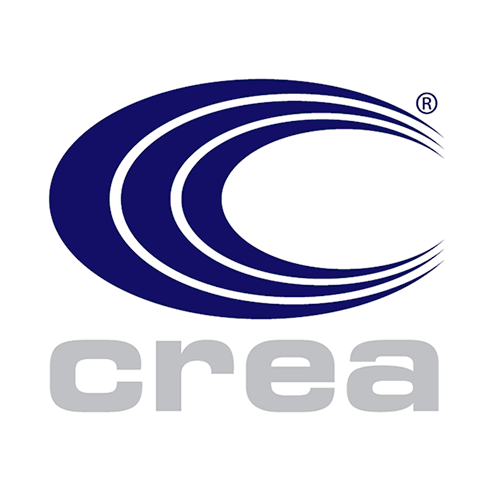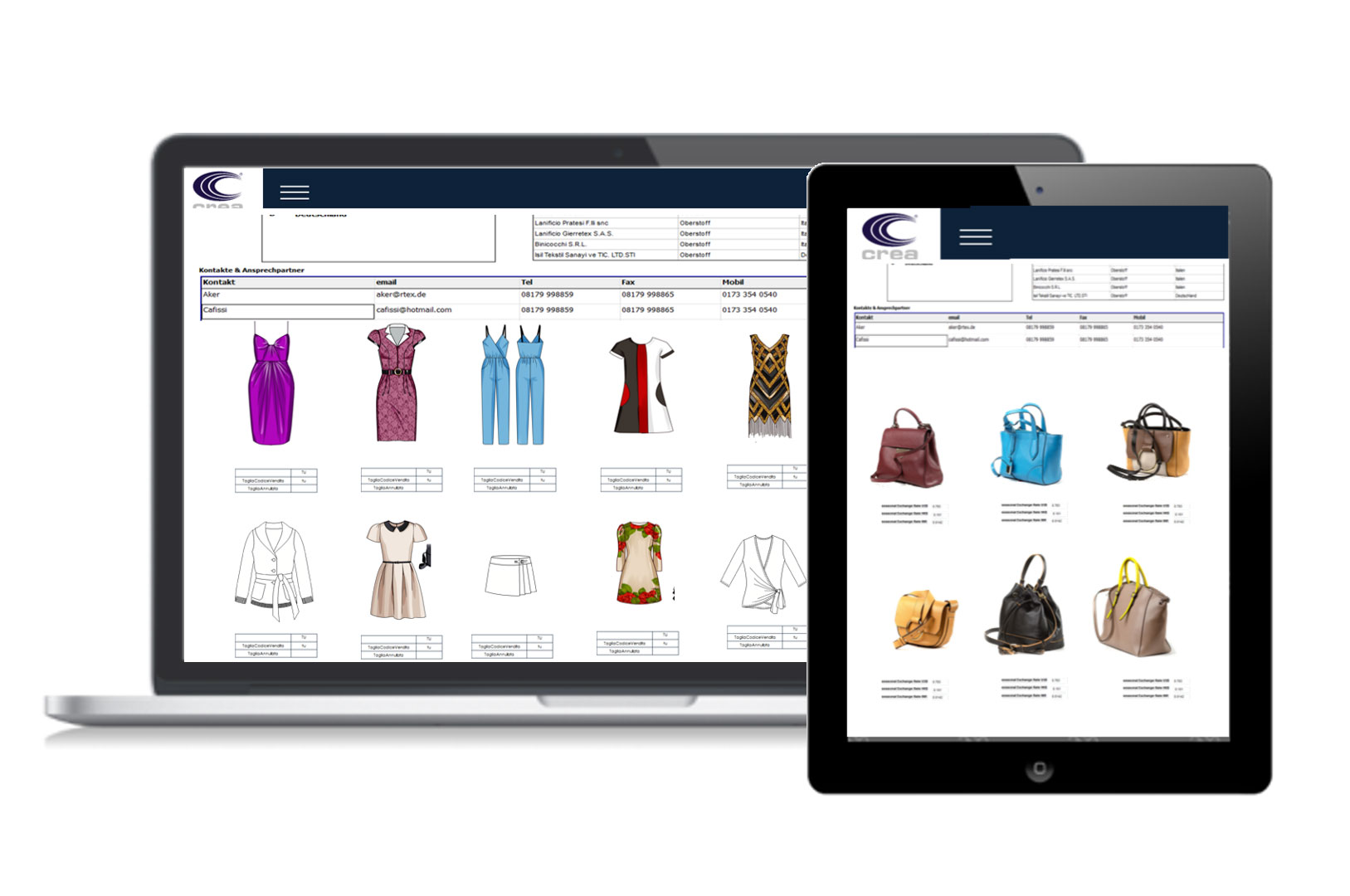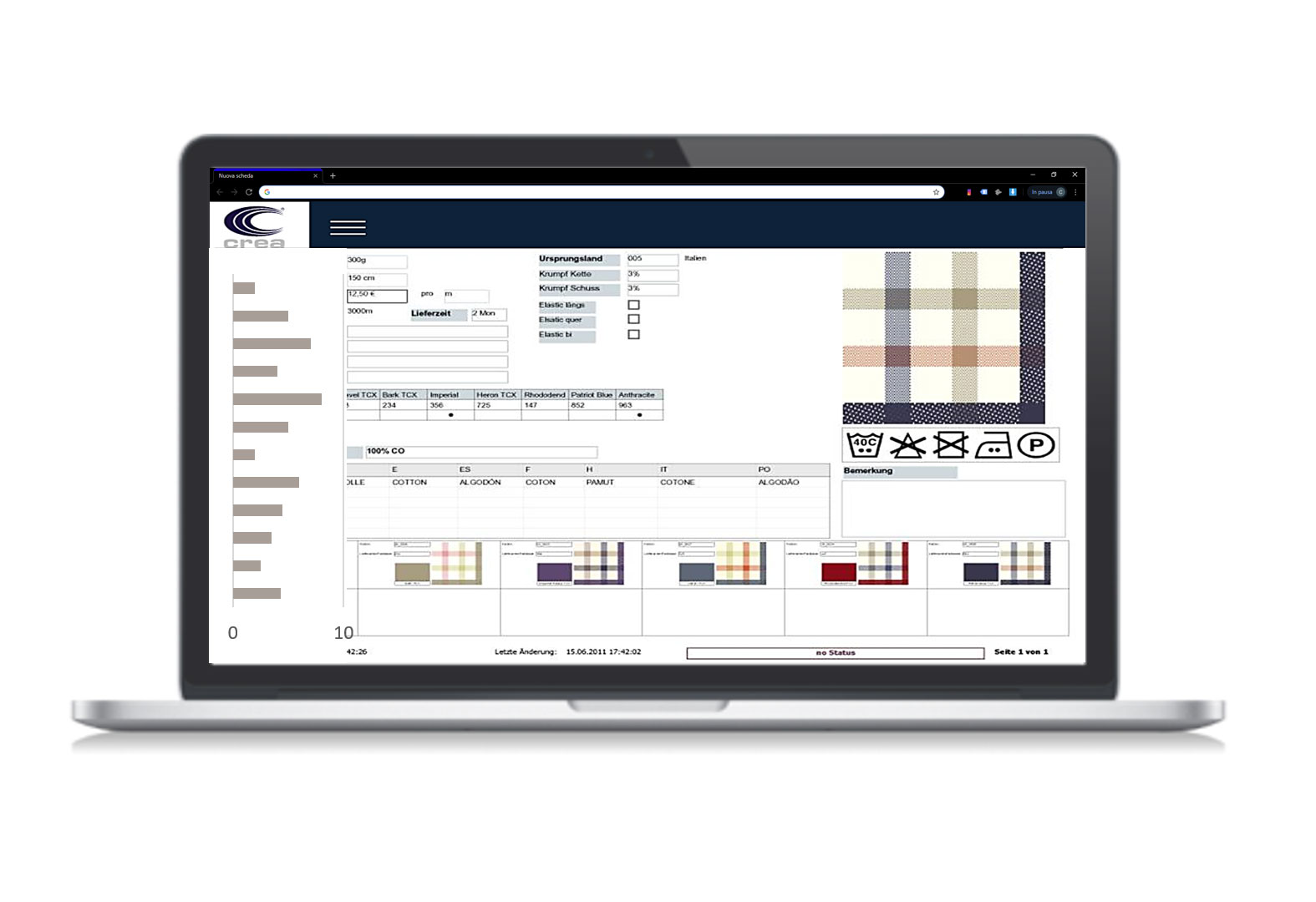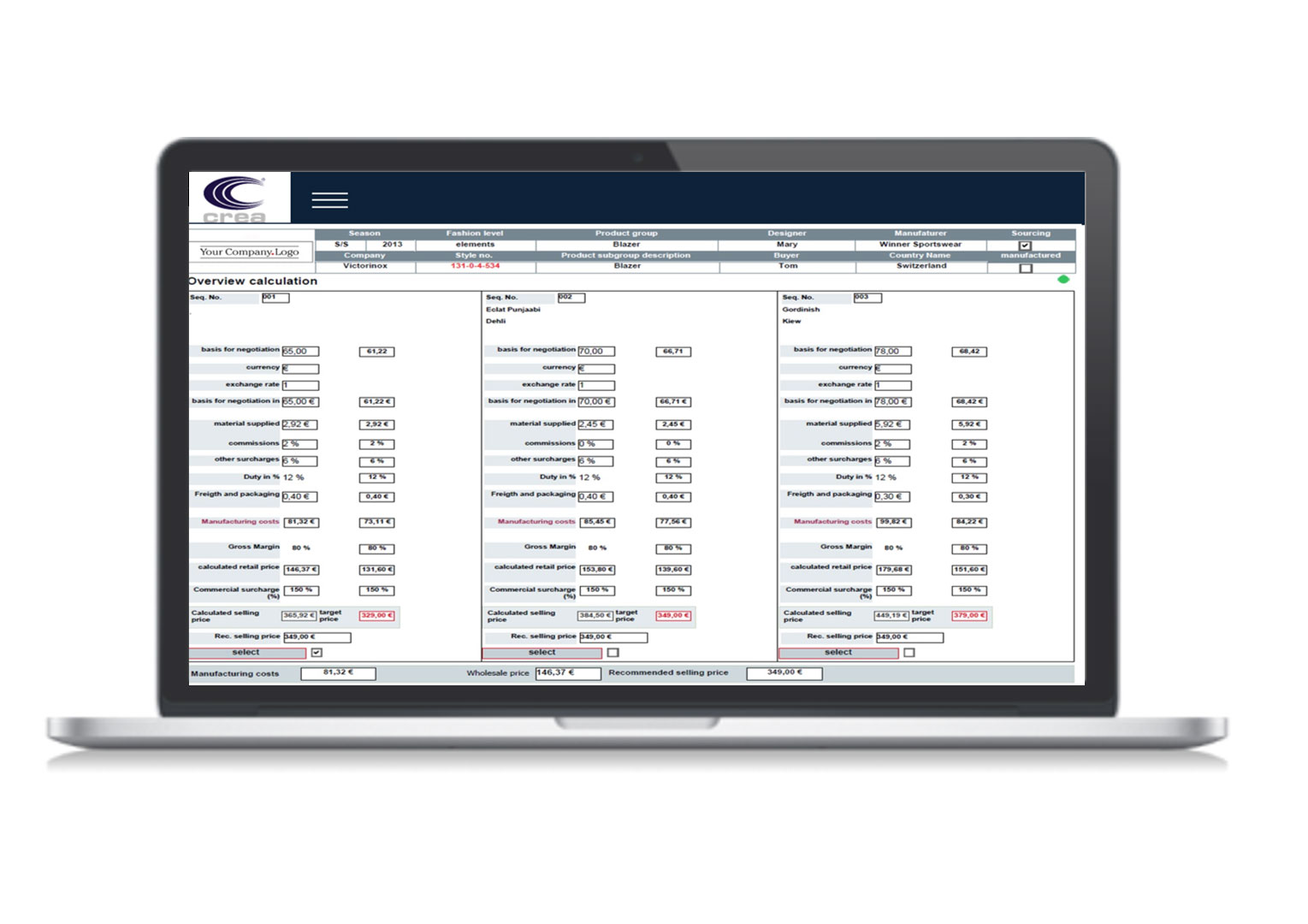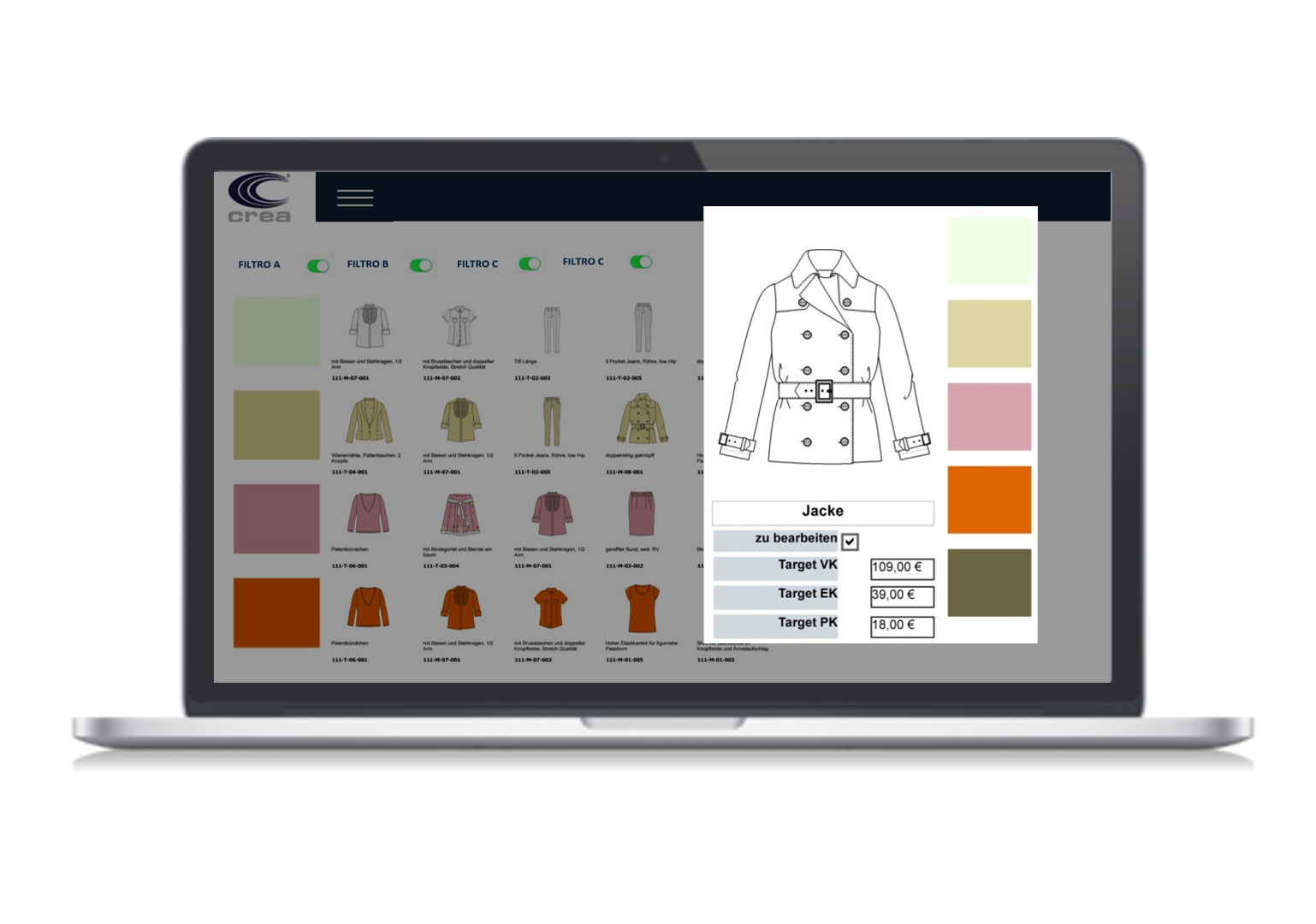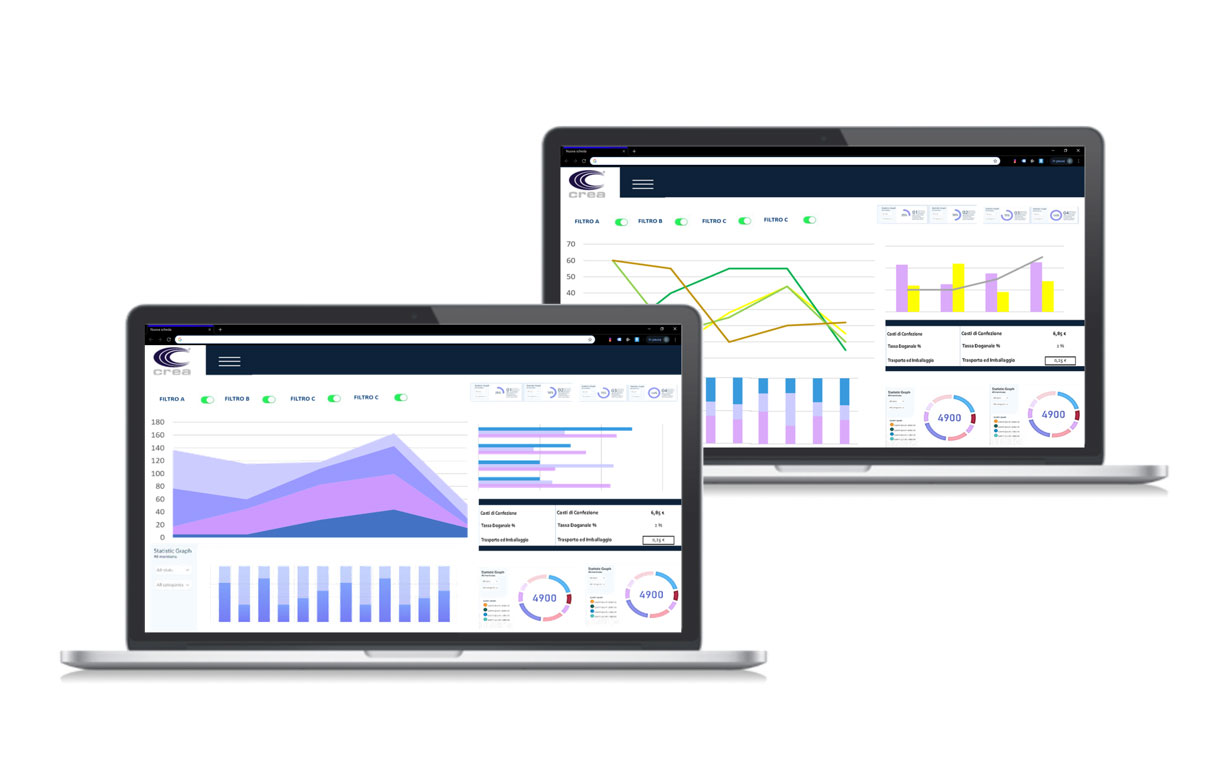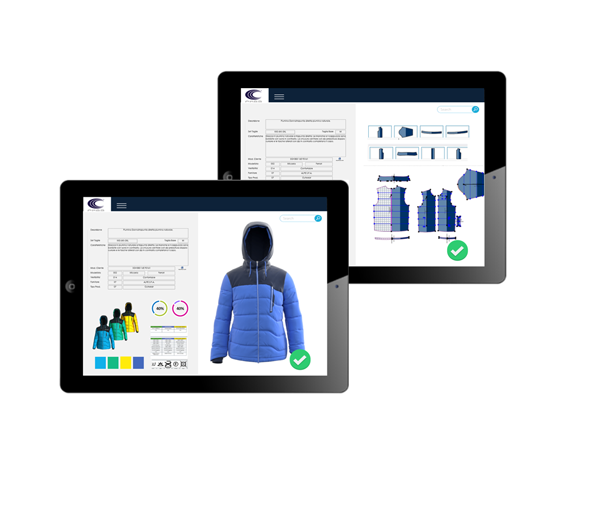Product Lifecycle Management with a PLM System
The product lifecycle in apparel is the process a garment follows from its conception to the end of its use. It includes several key phases, from design and production to distribution and end-of-life management. With the help of a PLM system, companies can efficiently manage this cycle, optimizing time, costs, and quality while meeting market demands and improving sustainability.
The Phases of the Product Lifecycle in Apparel
1. Ideation and Research
The first step in the product lifecycle in apparel is the ideation phase, where market trends, available materials, and target audience are analyzed. During this phase, designers create initial sketches and mood boards, developing a collection that aligns with the company’s strategy and consumer demands.
2. Design and Development
Once the idea is defined, the design and development phase begins. The design is transformed into a digital model using 2D or 3D CAD software. During this stage, fabrics and accessories are selected, prototypes are created, and the garment’s fit is tested. Any necessary adjustments are made to optimize both fit and aesthetics.
3. Industrialization
After the prototype is approved, the model moves into the industrialization phase, where it is optimized for large-scale or made-to-measure production. This phase establishes technical specifications, such as measurements, materials, and construction details, ensuring the garment can be reproduced with maximum precision.
4. Production
Production is one of the most critical phases of the product lifecycle in apparel. It includes automatic fabric cutting, assembly, and quality control to ensure each garment meets the required standards. Production efficiency is crucial to reducing waste and ensuring optimal delivery times.
5. Distribution and Sales
Once production is complete, garments are distributed to physical and online stores. The distribution and sales phase involves inventory management, marketing strategies, and logistics to ensure effective market presence. Speed and accuracy in order management are key to a product’s success.
6. Use and End-of-Life
After purchase, the garment enters the use and end-of-life phase. It may undergo repairs, be reused, or, depending on company policies, be recycled or responsibly disposed of. Sustainability is becoming increasingly important, with many companies adopting upcycling processes and circular economy initiatives to reduce environmental impact.
The Importance of Efficient Product Lifecycle Management
Optimizing product lifecycle management in apparel offers numerous benefits, including:
- Cost Control: Monitoring each phase helps reduce waste, optimize material usage, and improve production efficiency.
- Product Quality: Careful control throughout the process ensures garments meet required standards, reducing defects and returns.
- Sustainability: Managing the lifecycle minimizes environmental impact by promoting recycling and responsible resource use.
- Fast Market Response: A well-structured process enables quick adaptation to new trends and consumer demands.
What’s the Right Tool for Managing It?
To optimize product lifecycle management in apparel, many companies adopt a PLM system. These tools centralize and monitor every stage of the process, ensuring more efficient management while reducing errors and delays.
A PLM system for the fashion industry should include specific features such as technical data sheet management, bill of materials (BOM) management, material tracking, and approval processes. It should also facilitate collaboration between different departments, improving communication and data sharing.
The product lifecycle in apparel is a complex process that involves multiple stages, from design to the end-of-life of a garment. Efficient management of this cycle is essential to ensuring quality, efficiency, and sustainability. Implementing a PLM system is the ideal solution for optimizing the process, improving collaboration between company departments, and reducing production costs and time. A PLM system enables fashion companies to stay competitive and respond quickly to modern market challenges.
Want to discover how a PLM system can revolutionize product lifecycle management in your company? CLICK HERE to contact us for a free demo!



